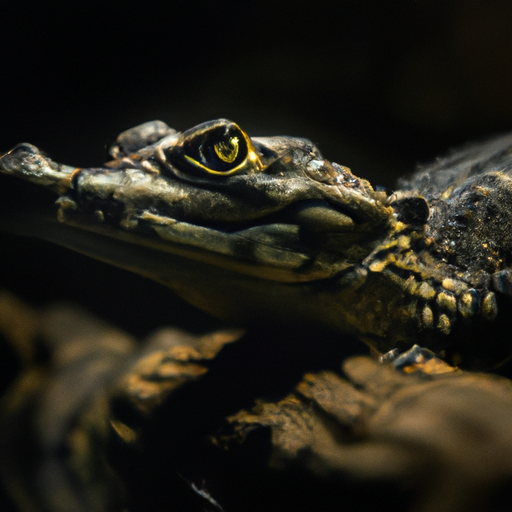 Introduction:
Introduction:
Animals have coexisted with humans since time immemorial, with countless species inhabiting our planet’s diverse ecosystems. While many animals are harmless or even beneficial to humans, it is paramount to acknowledge the inherent dangers that some species pose. This article aims to delve into the multifaceted reasons why animals can be perilous, drawing upon an extensive range of examples and scientific evidence to provide an in-depth understanding of the risks associated with wildlife encounters.
1. Instinctual Defense Mechanisms:
Throughout the animal kingdom, survival instincts drive creatures to protect themselves and their territories. These defense mechanisms can manifest in various forms, often posing a threat to humans. Examples include venomous bites or stings from snakes, spiders, scorpions, and certain insects. Furthermore, animals such as porcupines, pangolins, or hedgehogs possess sharp quills or spines, which they deploy when feeling threatened, causing potential harm to unsuspecting individuals.
2. Predatory Nature:
Predators play a crucial role in maintaining the balance of ecosystems, but their innate hunting instincts can make them extremely dangerous to humans. Apex predators like lions, tigers, and bears possess immense strength, agility, and sharp teeth or claws that they use to secure their prey. Encounters with these animals, particularly in their natural habitats, can result in life-threatening situations if not approached with caution.
3. Territorial Aggression:
Many animals are territorial by nature and will defend their space aggressively if they feel threatened. This behavior is especially common among large mammals, such as elephants, rhinoceroses, and hippos. Intruding upon their territories can trigger defensive responses, leading to potentially fatal consequences for humans.
4. Poisonous or Toxic Creatures:
Numerous animals have developed chemical defenses in the form of venom or poisonous secretions. From venomous snakes, like cobras, vipers, or rattlesnakes, to poisonous frogs, spiders, and fish such as the stonefish or pufferfish, these creatures possess potent toxins that can cause severe pain, paralysis, or even death if mishandled or encountered without proper knowledge.
5. Disease Transmission:
Animals are known to carry various diseases that can be transmitted to humans. Examples include mosquitoes spreading malaria or dengue fever, ticks transmitting Lyme disease, or bats potentially carrying viruses like rabies or coronaviruses. These zoonotic diseases can have severe health implications, making it essential to avoid close contact or exposure to wild animals, especially when they exhibit unusual behavior.
6. Unpredictable Behavior:
Even seemingly docile animals can exhibit unpredictable behavior, particularly when they feel threatened or cornered. Domesticated animals, like dogs or horses, may bite, kick, or trample humans under certain circumstances. While such incidents are relatively rare, they serve as a reminder that even familiar animals can pose dangers if not approached or treated appropriately.
7. Environmental Encounters:
Humans may encounter dangerous animals while exploring diverse environments. Venomous marine creatures like jellyfish, stonefish, or sea snakes can be hazardous to swimmers or divers. Similarly, encounters with large marine predators, such as sharks or crocodiles, pose significant risks in their respective habitats. Additionally, encounters with wild animals in remote forests or jungles can lead to dangerous situations, especially if individuals are ill-prepared or lack knowledge about local wildlife.
Conclusion:
Animals, though an integral part of our planet’s biodiversity, can present numerous dangers to humans. From instinctual defense mechanisms to territorial aggression, predatory nature, poisonous attributes, disease transmission, unpredictable behavior, and environmental encounters, the risks associated with wildlife encounters are diverse and warrant respect. Understanding and respecting the boundaries of animals and their habitats, combined with education and awareness, are crucial in promoting coexistence while minimizing the potential dangers for both humans and animals alike.
